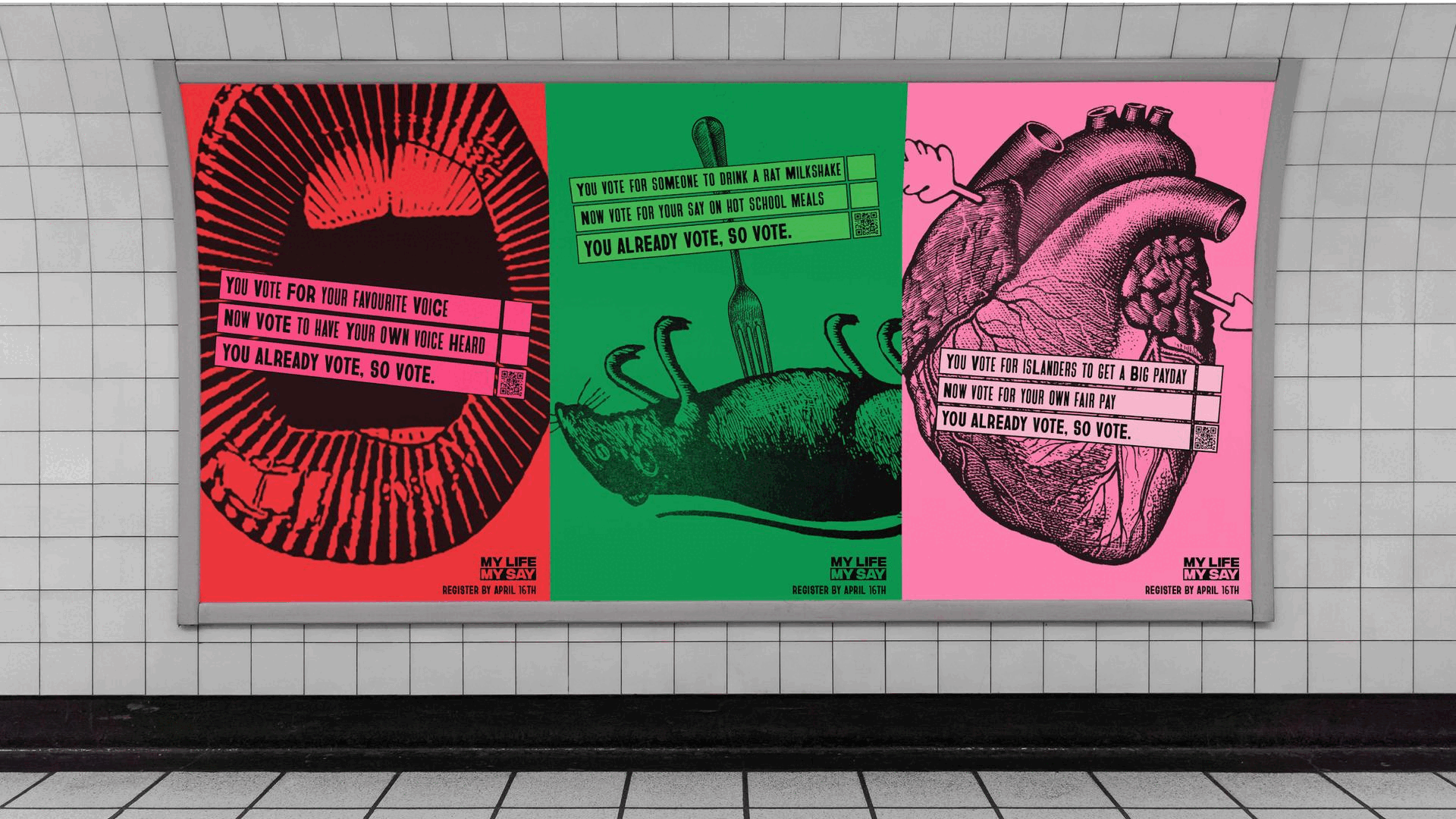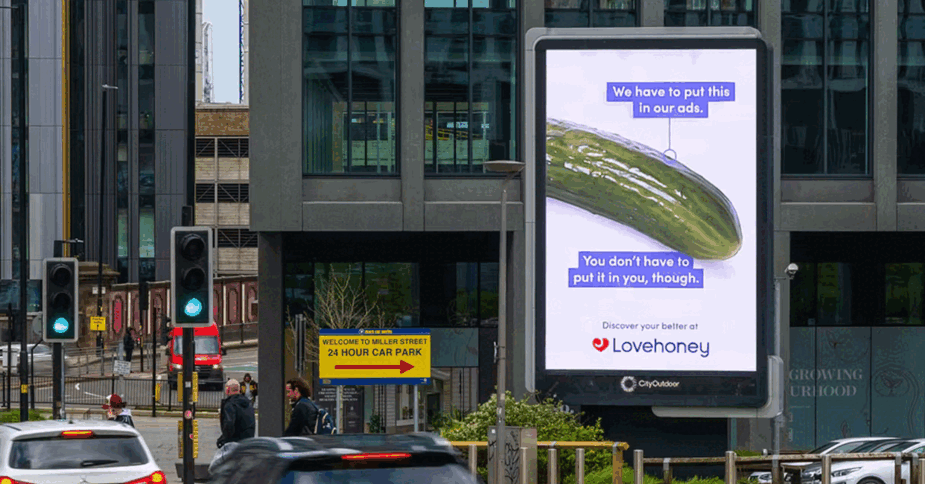IAB UK updates content and native ad guidelines
- Tuesday, February 13th, 2018
- Share this article:
 The Internet Advertising Bureau (IAB UK) has released refreshed guidelines to help the digital advertising industry provide transparency in content and native advertising. The guidelines have been updated to take into account the growth in social media advertising and influencer marketing, and the ease of self-publishing.
The Internet Advertising Bureau (IAB UK) has released refreshed guidelines to help the digital advertising industry provide transparency in content and native advertising. The guidelines have been updated to take into account the growth in social media advertising and influencer marketing, and the ease of self-publishing.
According to the IAB/PwC H1 2017 Digital Ad Spend Study, spending on native and content ads – including paid for sponsorships, advertisement features and in-feed distribution – hit £563m in the first half of 2017, accounting for 28 per cent of display ad spend, 82 per cent of which is in-feed.
The IAB first published its disclosure good practice guidelines for native ad formats, including in-feed and third-party recommendation units, in 2014, with a second phase that focused on online content-based advertising released in 2015. The latest version combines and updates both phases, along with previously-published guidance on paid promotions in social media.
The primary aim of the guidelines is to set out clear and practical steps that brand owners, publishers and marketers can take to help consumers easily identify content-based advertising, particularly in photo- and video-based platforms, audio and influencer marketing.
Supported by the British adverting trade body ISBA, the Association for Online Publishers (AOP) and the Content Marketing Association (CMA), the guidelines are designed to help advertisers meet the requirements of the CAP Code, the UK advertising industry’s rules for non-broadcast marketing communications that are enforced by the Advertising Standards Authority (ASA).
The key guidelines for content-based and native advertising are as follows….
Provide consumers with visual cues, or verbal brand mentions in audio formats, so consumers immediately know that they’re engaging with marketing content. This could take the form of brand logos and design features (such as fonts or shading) for native ad units that clearly distinguish them from surrounding editorial content.
Use a clear, up front label and/or verbal descriptor (as appropriate) to show there’s a commercial arrangement in place and identify the content as marketing. One option where space is limited (e.g. in social media) is the label #ad.
Take visibility and design disclosures into account so they are clear and prominent in different formats and devices (e.g. on mobile and in-app as well as desktop).
Ensure the content of the advertising adheres to the CAP Code and all other relevant legislation.
“It’s essential when brands are using content and native advertising to reach their audiences that they understand the rules about disclosure, and how to comply with them in practice,” said Christie Dennehy-Neil, senior public policy Manager at the IAB. “Transparency is vital, not just because it’s required by the advertising rules, but because it is key to audience trust, which is so important for brands and anyone they partner with to create or publish advertising content.”
You can access a definitions framework for content and native advertising here.
















